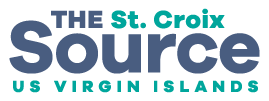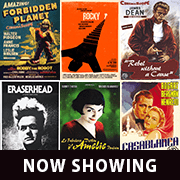
By now most of the migratory birds have settled down where they will spend the winter, joining residents for a lively season.
For the annual National Audubon Society bird count, teams of volunteers will spread out and record all the birds they see on a particular day in late December or early January. Their compiled reports will provide valuable information about year-to-year changes in resident bird populations, as well as numbers and types of seasonal visitors.
Anyone can join in and help with the counting! The goals are to learn more about the birds sharing our habitats, and to gather information that can help support and protect vulnerable birds.
Some of the migratory birds in the Western Hemisphere make long trips from their northern nesting grounds, often in Canada or Alaska, down to their wintering spots in the Caribbean, or further on into Central and South America. Their trips can become more perilous due to adverse weather conditions, rising sea levels along shorelines, and changes in land use at the places they stop to rest, or at their final destinations.

Resident birds, too, are affected by weather, loss of habitat, and variations in food supplies. Their numbers often change from year to year in particular spots.

The idea of volunteer bird counts started with the Massachusetts Audubon Society, which was formed in 1900 in response to large-scale killing of wading birds, especially egrets and herons. These birds have long, elegant plumes that were taken to decorate ladies’ hats – until a few of the ladies got together and lobbied to stop the killing.

The bird count idea as an awareness-raising tactic spread from Massachusetts across the United States, and by 1918 political pressure had resulted in a national law protecting all migratory birds. That was later followed by an international Migratory Bird Treaty, which now includes Canada and Mexico, and has been expanded to protect many resident species as well.

On St. John, the annual bird count is sponsored by the V.I. Audubon Society, and will take place on Saturday, December 14. It will be guided by Laurel Brannick, a retired National Park Ranger. If you would like to participate, email her at rangerlaurel@gmail.com.
If you want to learn more about birds, Laurel leads walks at Francis Bay at 7:30 am on Friday mornings. Meet in the parking lot by the historic house before the road down to the beach. These walks are currently sponsored by the Friends of the V.I. National Park.
Laurel is now also making weekly presentations about St. John birds at the Cinnamon Bay Campgrounds on Thursdays from 6-7 pm. She will have a special focus on the bird count preparations on Thursday, December 5, and Thursday, December 12 .
In addition, a new publication sponsored by the V.I. Audubon Society will be available to help people identify the types of birds they see. The booklet is called Looking For Birds on St. John and contains photos and information put together by me, Gail Karlsson. (I am on the Board of the V.I. Audubon Society.)
Anyone can download (and print) the booklet for free at: Looking for Birds on St. John
You can also get a free copy from Laurel Brannick at one of her walks or talks, or order one online at Amazon.com.

Besides the new photo booklet Looking for Birds On St. John, Gail has also written two other books about the Virgin Islands — The Wild Life in an Island House, and a guide book. Learning About Trees and Plants — A Project of the Unitarian Universalist Fellowship of St. John. Follow her on Instagram @gailkarlsson and at gvkarlsson.blogspot.com.










